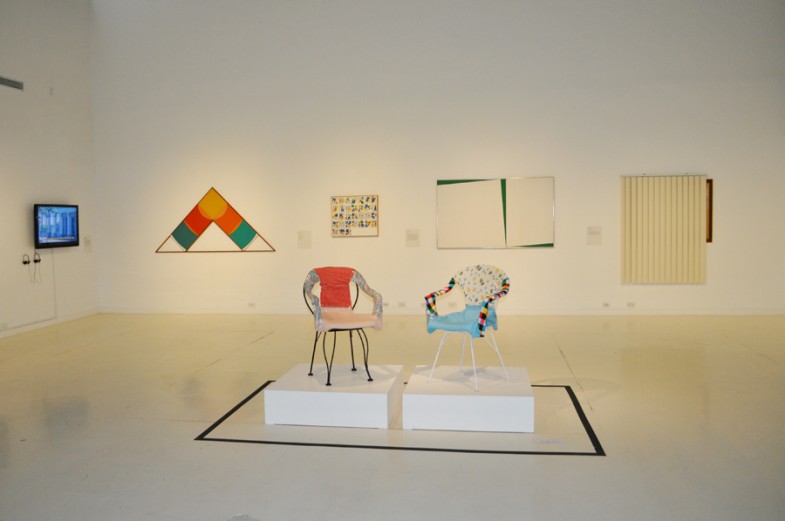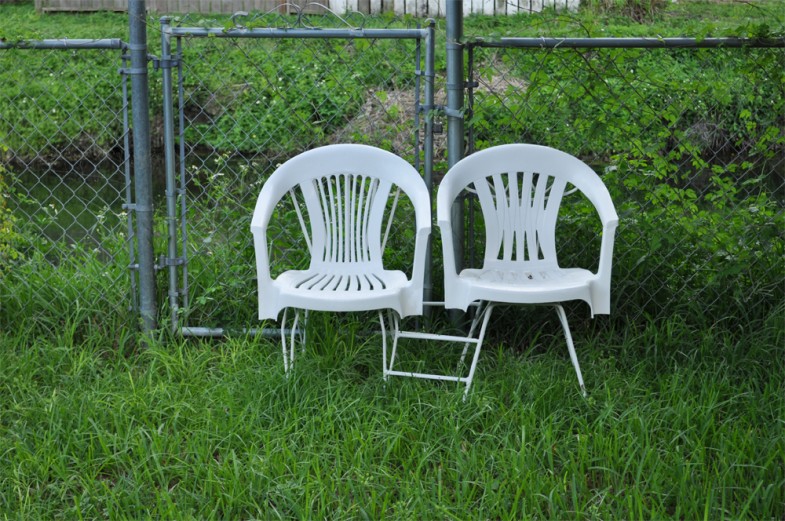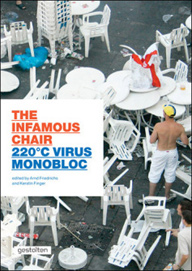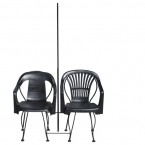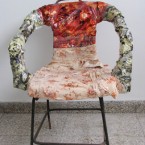On view through July 12, 2014
IMPACT & LEGACY: 50 Years of the CINTAS Foundation
As the first large-scale exhibition of the CINTAS
Fellows Collection, Impact and Legacy highlights
CINTAS Fellows from all eras and includes works
from the Foundation’s expansive collection. MDC
Museum of Art + Design, steward of the CINTAS
Fellows Collection, is composed of works by
CINTAS Fellows, the Foundation’s renowned annual competition and fellowship award administered by the Museum every October.
220°C Virus Monobloc
The Infamous Chair
Editors: Arnd Friedrichs, Kerstin Finger
Texts by Hajo Eickhoff, Max Küng, Andrej Kupetz,
and Alice Rawsthorn
Language: English
Publisher: Die Gestalten Verlag (September 1, 2010)
Release: September 2010 Available Soon!
Price: € 29,90 / $ 45,00 / £ 27,50
Format: 17 × 24 cm
Features: 192 pages, full color, softcover
ISBN: 978-3-89955-317-8
Monobloc is the established term for the ubiquitous stackable plastic chair that can be found on patios and in yards, snack bars and campgrounds around the globe. Although despised by design aficionados, it is arguably the most successful piece of furniture in the world. 220°C Virus Monobloc is an entertaining documentation of the love-hate relationship designers have with this chair. In addition to homage paid by renowned designers including Philippe Starck, Jerszy Seymour, Maarten Baas, and Konstantin Grcic, the book presents a range of work, photography, and art that is a tongue-in-cheek take on the phenomenon of this chair.
Studio Scrap stools and Provisional bench at Once Upon a Chair. Design Beyond the Icon.
Once Upon a Chair. Design Beyond the Icon
GESTALTEN
Editors: R. Klanten, S. Ehmann, A. Kupetz, S. Moreno
Release: September 2009
Format: 22,7 x 28,1 cm
Features: 272 pages, full colour, hardcover
ISBN: 978-3-89955-256-0
Once Upon a Chair is an international up-to-the minute survey of contemporary furniture design. The book captures the zeitgeist of this rigorous industry by examining current trends and presenting pioneering examples by the world’s most influential designers and emerging talents. The collected works indicate a recognisable shift towards progressive responsible designs that make a social impact and the revival of artisanal craft. It further explores how designers are focusing more on process-driven and storytelling concepts as well as the continuing flirtation with material and technological experimentation.
Updating City (theorem). 2000-2010
Founded metal bars chairs, monobloc plastic chairs, metal bars.
Objects of necessity
In certain contemporary urban areas the necessity generates objects that look more the result of an unavoidable sedimentation of materials cornered by the wind into the shapes of the city than the result of a productive activity.
Broken metal chairs loosen from a school and plastic chairs, also broken, expelled from a cafeteria, nearly one piece each month, they ramble around the neighborhood until they get tangentially trapped inside a human activity: a security guard, a street vendor, a ruined bus stop, a mechanic having his business on the sidewalk. It happens everywhere at the same time, as if a hypothetical grid formed by all the broken plastic seats in the city fit by gravity with the gridded field of metal broken chairs spread years ago around Havana. The necessity generates a fatal equation that, under similar circumstances, produces the same results. The individual in need will focus exclusively the repertoire of the usefulness, propitiating a conjunction, a harvest time.
